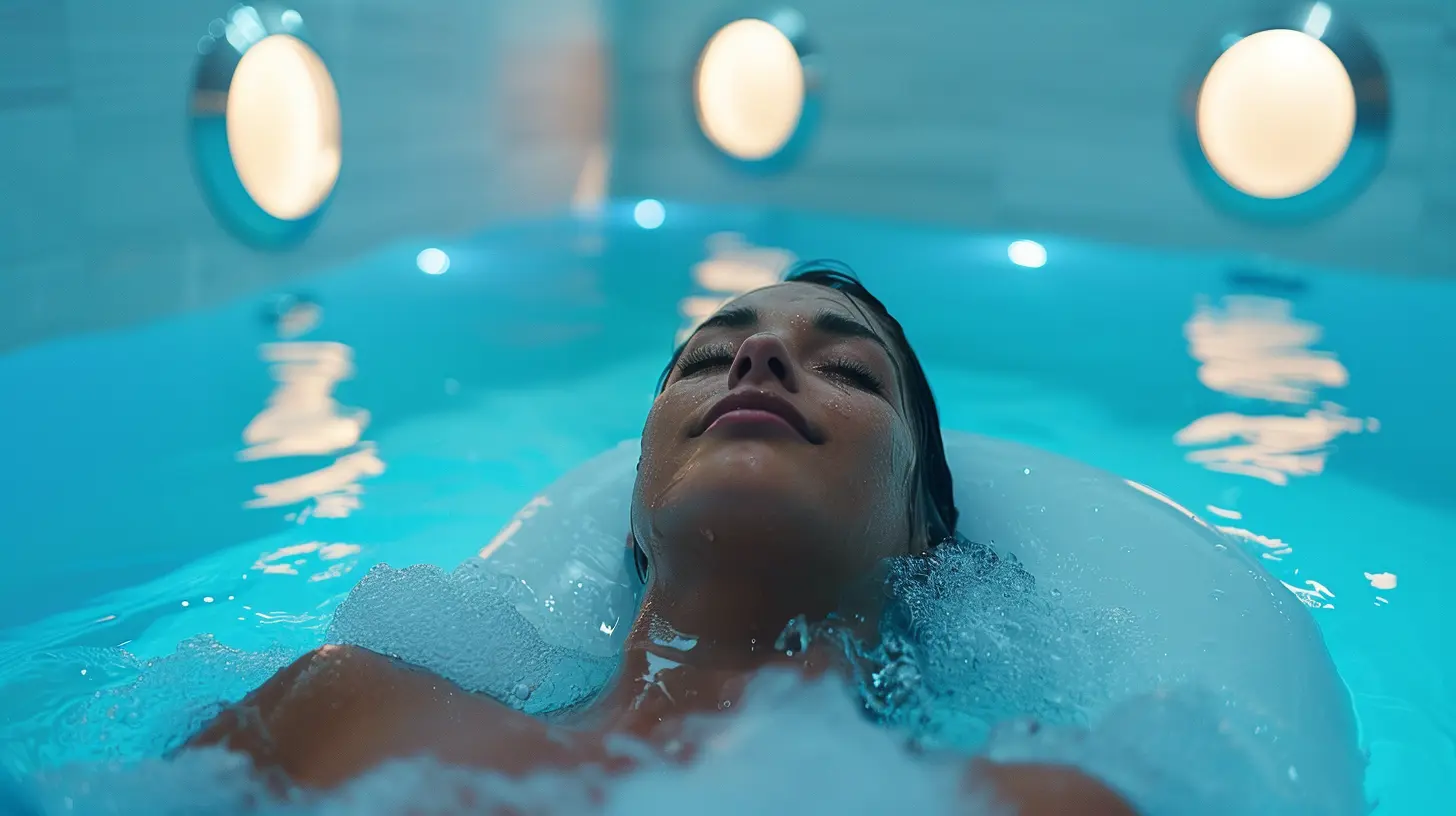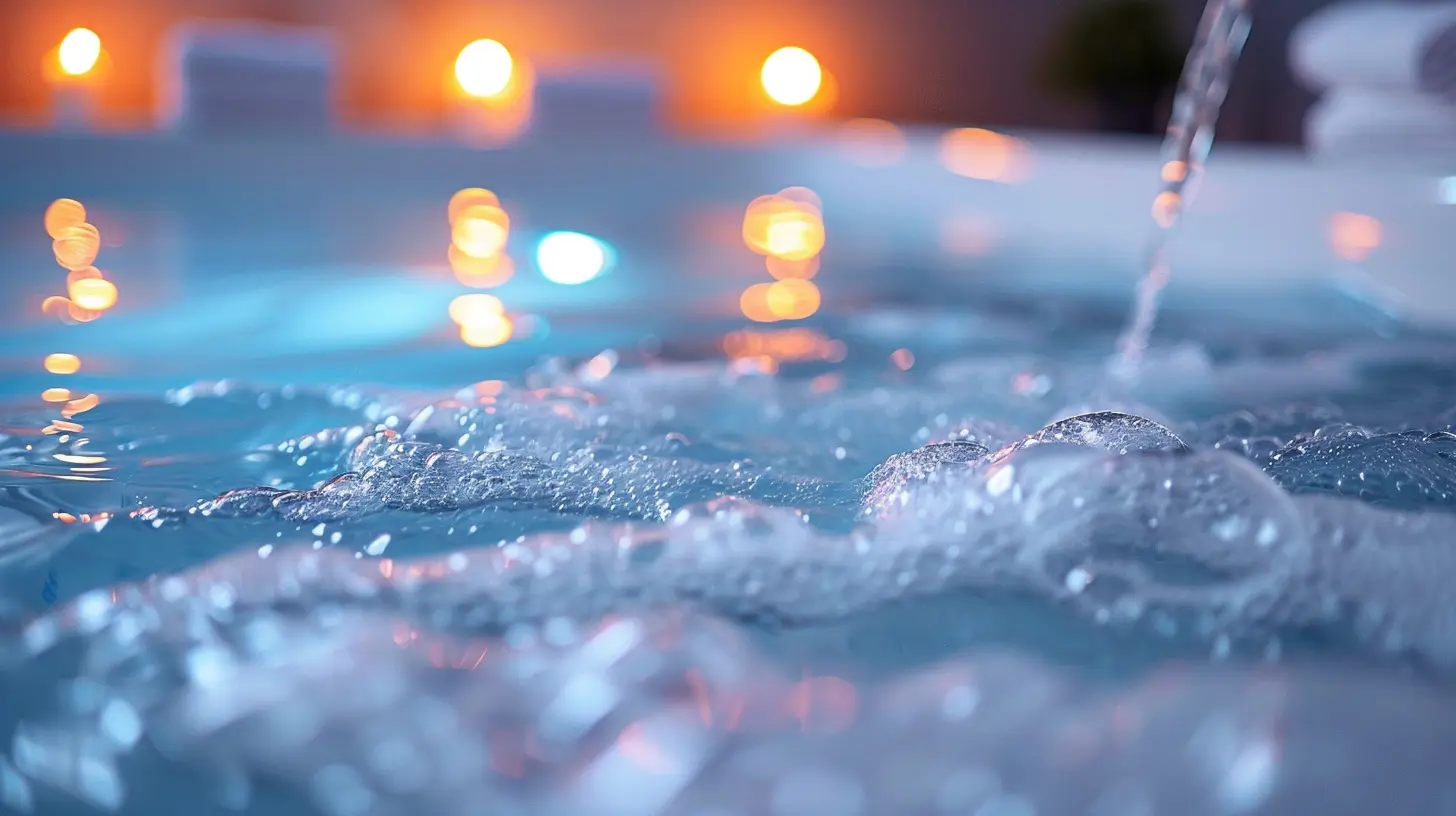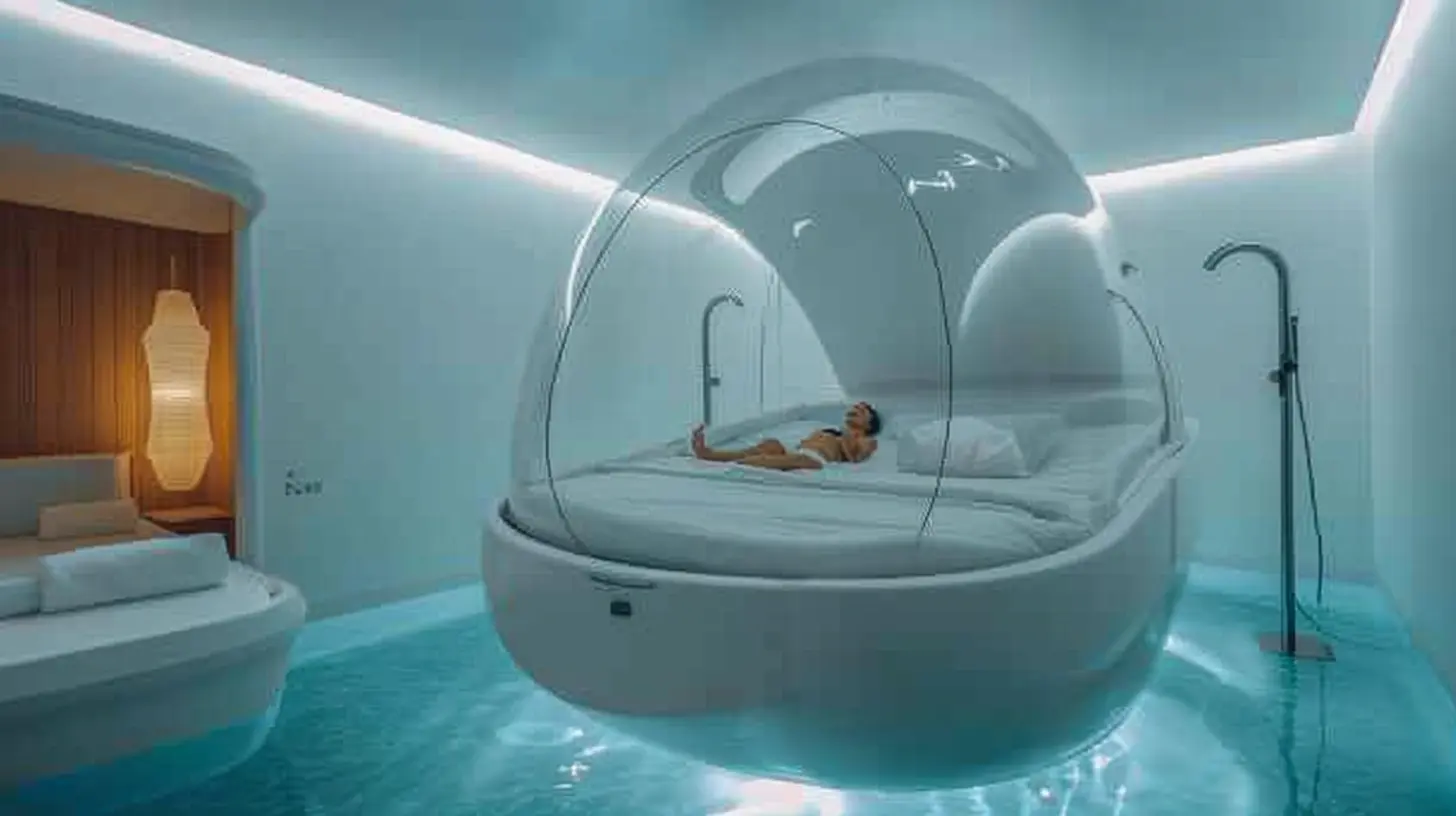Water Therapy: The Healing Benefits of Floating and Hydrotherapy
16 July 2025
When you think of water, what comes to mind first? A warm beach vacation? A glass of ice-cold refreshment? Or maybe just a long relaxing bath after a stressful day? Whatever it is, water is more than just a survival essential or a relaxing escape—it can be a powerful tool for healing. Welcome to the world of water therapy, where floating and hydrotherapy offer a cleansing, calming, and even pain-relieving experience.
In this deep dive (pun totally intended), we’ll explore the ancient roots and modern applications of these water-based treatments. So, grab your towel—you might just want to jump in after reading this!
What Exactly Is Water Therapy?
Water therapy, also known as aquatic therapy or hydrotherapy, is the use of water for pain relief, relaxation, and overall health improvement. It’s not a new trend either; it actually dates back thousands of years. The Romans soaked in thermal baths. The Japanese practice "shinrin-yoku" or forest bathing—often near waterfalls or hot springs. Our ancestors definitely understood the magic of water long before spas were trendy.There are different types of water therapy, but two that are making waves today are:
- Floating therapy (also known as floatation or sensory deprivation therapy)
- Hydrotherapy (water-based physical therapy or therapeutic bathing)
Let’s break them down one by one.
Float Your Stress Away: The Wonders of Floating Therapy
Imagine lying in a warm tank of saltwater, dark and silent, your body effortlessly suspended like you're floating in outer space. Sounds kind of like a sci-fi dream, right? But it's real—and it’s called floating therapy.How Does Floating Therapy Work?
Floating therapy happens in a specially designed tank or pod filled with water and a ton of Epsom salt (about 1,000 pounds of it), which increases buoyancy and lets your body float without effort. The water is heated to match your skin temperature, and the pod is often soundproof and lightproof to create a sensory-deprivation environment.The idea is to strip away distractions—no sound, no light, no gravity—so your mind and body can truly relax.
What Can Floating Therapy Do for You?
So, what’s all the fuss about floating in a salty tub? Turns out, a lot.- Stress Reduction: Floating lowers cortisol levels (your body's main stress hormone). After just one session, people often feel like they’ve hit a mental reset button.
- Improved Sleep: Ever notice how a warm bath helps you doze off faster? Floating takes that effect up a notch. It can help with insomnia and improve sleep quality.
- Pain Relief: People with chronic pain, fibromyalgia, and muscle tension swear by float therapy’s ability to soothe their aching bodies.
- Mental Clarity: With all the sensory input reduced, your brainwaves shift into theta states—a meditative, dream-like zone. Hello, creative spark and mindfulness!
- Faster Recovery: Athletes use floating to recover from intense workouts. The magnesium in the Epsom salt helps relax muscles and reduce inflammation.
Who Should Try It?
Honestly? Almost anyone.If you're feeling stressed, anxious, tired, or just plain curious—give it a go. It’s safe for most people, but if you have certain medical conditions (like epilepsy or severe skin sensitivities), check with a healthcare provider first.
Hydrotherapy: The Healing Power of Moving Water
Now let’s talk about hydrotherapy, the more “active” sibling of float therapy.Hydrotherapy refers to therapeutic activities done in water—like water aerobics, hot water immersion, or even just soaking in a jacuzzi. Physical therapists often use it to help patients heal from injuries or surgeries, and it’s popular in wellness centers, spas, and even at home.
How Does Hydrotherapy Work?
Water has this cool natural property called hydrostatic pressure, which helps support your body's weight. That makes movement easier and less painful—perfect if you're dealing with limited mobility or joint issues. The warmth from the water also boosts circulation, calms the nervous system, and helps muscles release tension.Types of Hydrotherapy
There’s more than one way to soak up the benefits:- Hot Baths: Great for relaxing tight muscles and calming the mind.
- Cold Water Immersion: Often used by athletes to reduce muscle soreness and inflammation.
- Contrast Therapy: Switching between hot and cold baths to stimulate circulation.
- Aqua Aerobics or Water Walking: Exercise with less pressure on joints—ideal for arthritis sufferers or post-op recovery.
- Jacuzzi and Whirlpool Baths: Their jets massage sore muscles and stimulate lymphatic drainage.
What Are the Health Benefits?
Let’s dive into some of the perks (get ready for your mind to be blown, or at least gently splashed):- Eases Joint and Muscle Pain: The buoyancy reduces the impact on joints, which is a game-changer for people with arthritis, back pain, or injuries.
- Enhances Mobility: The gentle resistance of water makes it easier to improve flexibility and strength.
- Reduces Swelling: Especially helpful after surgeries or for those dealing with edema.
- Boosts Mental Health: Just being in water is calming. Combine that with movement, and you've got a mood-boosting combo that can help tackle anxiety and depression.
Floating vs. Hydrotherapy: What's Right for You?
Both floating and hydrotherapy offer unique benefits, so it really depends on what you’re looking for.| Feature | Floating Therapy | Hydrotherapy |
|------------------------|--------------------------------------------------|---------------------------------------------------|
| Best For | Stress, anxiety, insomnia, pain relief | Injury recovery, joint pain, circulation |
| Movement Required | No | Yes (in most cases) |
| Sensory Experience | Minimal (low light/sound) | Varies—can be calming or invigorating |
| Accessibility | Available at float centers or spas | Offered at clinics, spas, gyms, even at home |
| Cost | $50–$100 per session | Varies depending on type (around $30–$80/session) |
If you want to mentally check out for an hour and come back refreshed, go float. If you’re looking to actively improve mobility or manage pain, hydrotherapy might be your jam.
Are There Any Risks?
Like any therapy, water-based treatments aren’t a one-size-fits-all miracle. While generally safe, there are a few things to keep in mind:- Float therapy might not be ideal if you’re claustrophobic or afraid of the dark. Some people also find the salt a bit harsh on their skin or eyes.
- Hydrotherapy might pose risks if you have open wounds, infections, or certain heart conditions. Always check with your doctor before jumping in—literally.
Safety first, people!
How to Get Started with Water Therapy
Ready to jump in? Here’s how to ease your way into this watery wellness world.1. Try a Float Session: Many float centers offer introductory deals. Look online and read reviews—you’ll want a clean and professional facility.
2. Visit a Spa or Wellness Center: Ask about hydrotherapy services like hot tubs, contrast baths, or water massage.
3. Join a Water Exercise Class: Community centers often have affordable aqua classes suitable for all fitness levels.
4. DIY at Home: Take a hot-cold shower, soak in an Epsom salt bath, or try contrast foot baths. It’s relaxing and easy to do.
Make it a ritual. Maybe Tuesday nights become “Tub Time.” Light a candle, play soft music, and just let the water work its magic. You’ll be surprised how much better you feel—even after just one session.
Final Thoughts: Is Water Therapy Worth the Hype?
All signs point to yes.Water therapy isn’t just a splashy wellness trend—it’s grounded in science and steeped in history. Whether you’re floating in silence or moving gently through warm water, you’re tapping into an age-old remedy that soothes both body and soul.
It’s simple. It’s natural. And it’s surprisingly powerful.
So if your body aches, your mind’s overloaded, or sleep’s been playing hard to get—maybe it’s time to go back to the basics. Water might just be the most underrated healer we have.
all images in this post were generated using AI tools
Category:
Stress ReliefAuthor:

Jackson Mahoney
Discussion
rate this article
1 comments
Naomi Perez
Water therapy is a refreshing way to relax and heal. Floating helps reduce stress and promotes overall well-being. Highly recommended!
August 14, 2025 at 4:37 AM

Jackson Mahoney
Thank you for your feedback! I'm glad to hear you find water therapy beneficial for relaxation and well-being.


